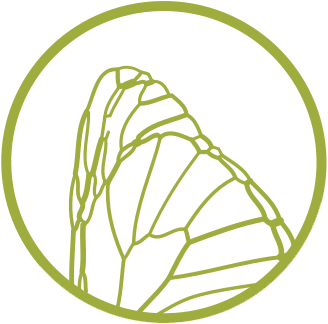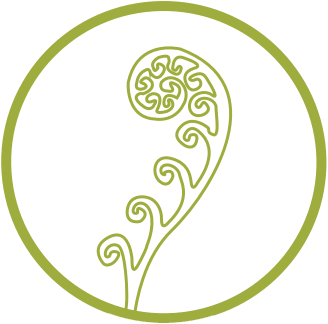
Name of Client: Interface, Inc.
Industry of Client:
Consumer Products, Sustainability
Challenge
Make a manufacturing facility functionally indistinguishable from its native forest habitat.
Process
In short, the B3.8 team answered two questions: How do you determine what environmental benefits a native wildland would generate in a specific location? And how do you set equivalent ecological performance standards (EPS) for things like fresh water production, climate regulation, soil formation and cultural heritage? We studied the existing site conditions at Interface’s manufacturing facility in Australia. We also identified a well-researched reference habitat for the ecoregion, which is called River Flat Eucalypt Forest on Coastal Floodplains. Using this research, Biomimicry 3.8 interpreted the key ecological dynamics of the ecoregion, which can be translated into ecosystem services and prioritized for short- to long-term facility goals.
Solution
In the first phase of this groundbreaking pilot project, the B3.8 team established a process for setting quantitative goals to mimic ecosystem services on a per-acre basis.
Evolution
B3.8’s work resulted in a three-step process for establishing ecological performance metrics specific to the Minto factory. The next phase of the project includes determining quantifiable metrics, assembling an interdisciplinary design team to close the gap between existing facility performance and ecological performance, and working closely with Interface leadership at Minto. Read Janine’s discussion of the pilot launch on GreenBiz.


